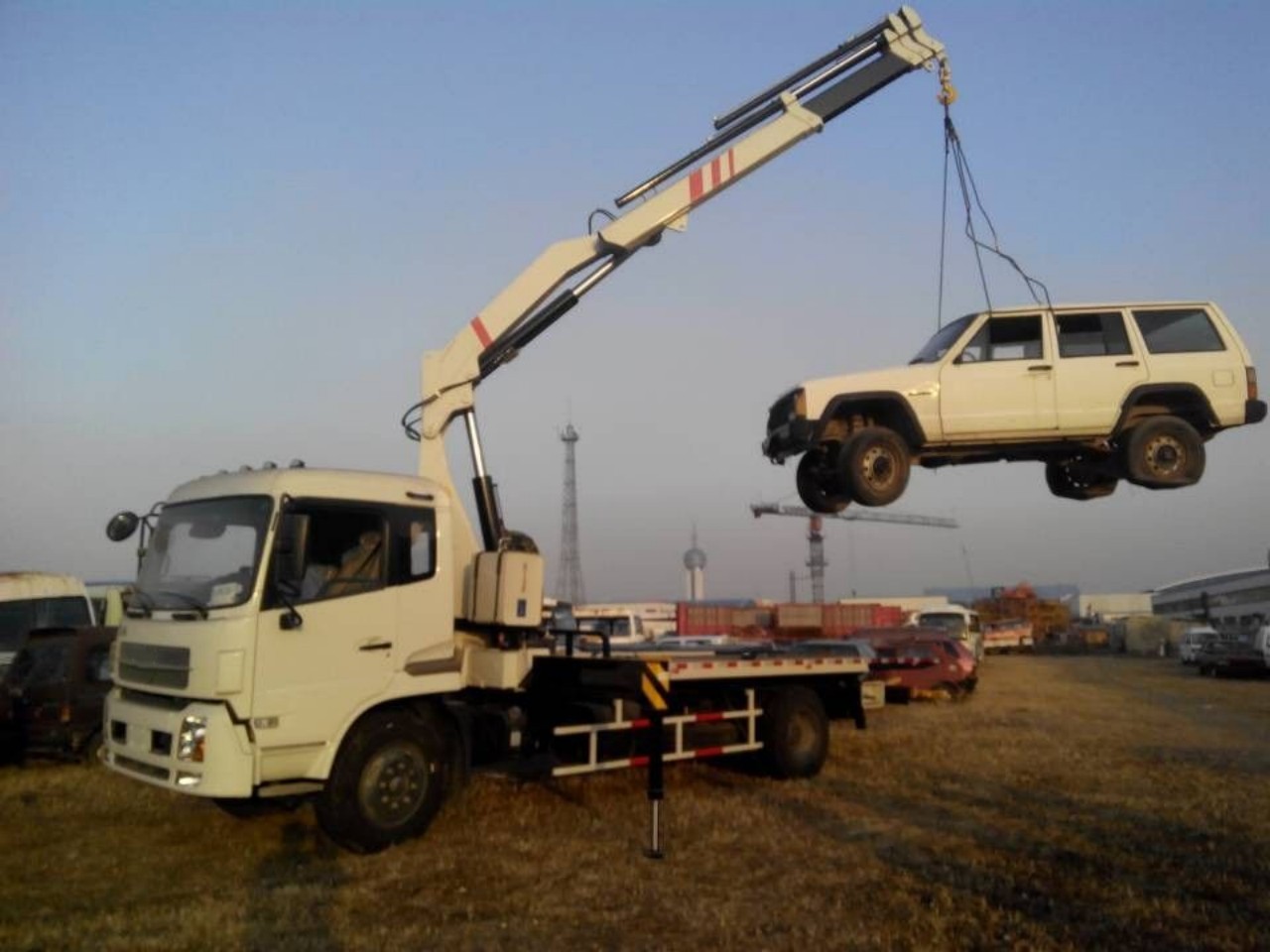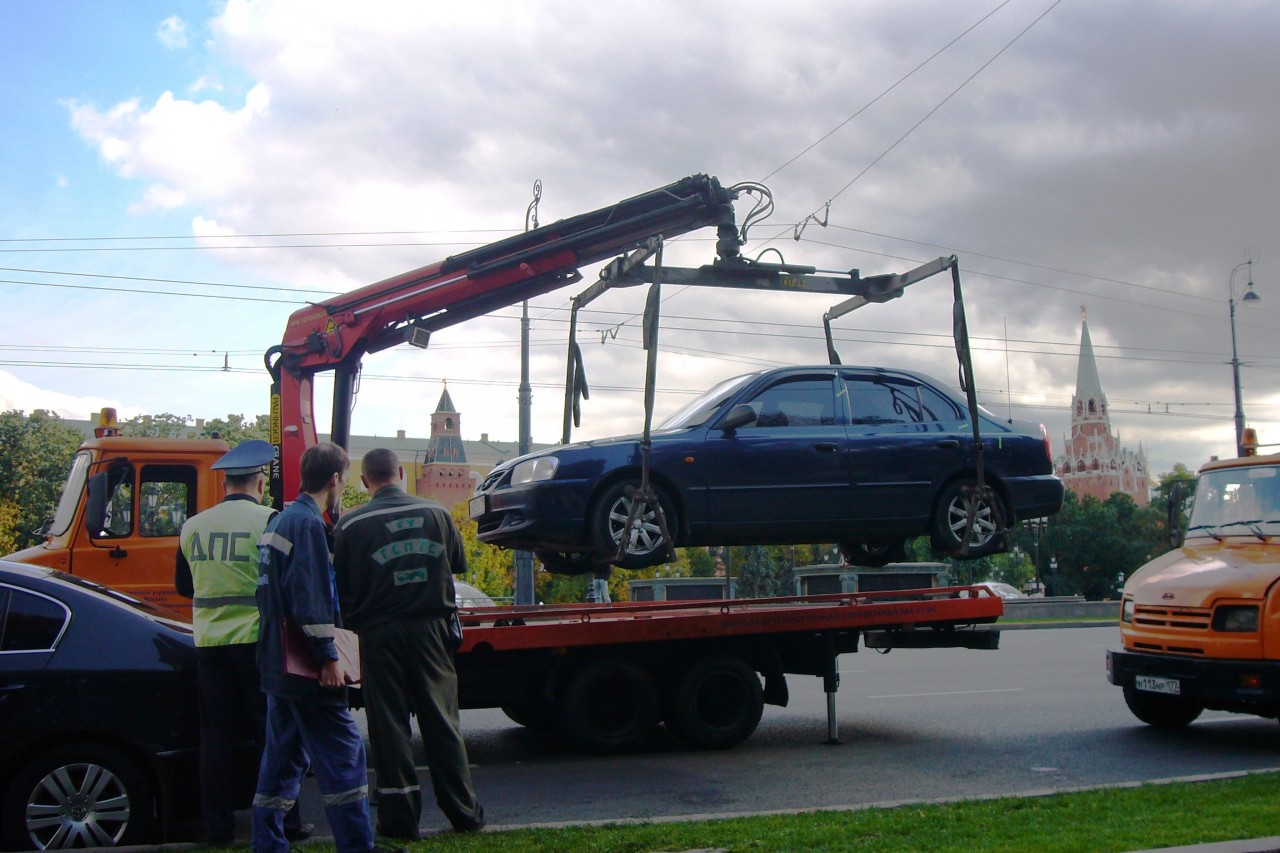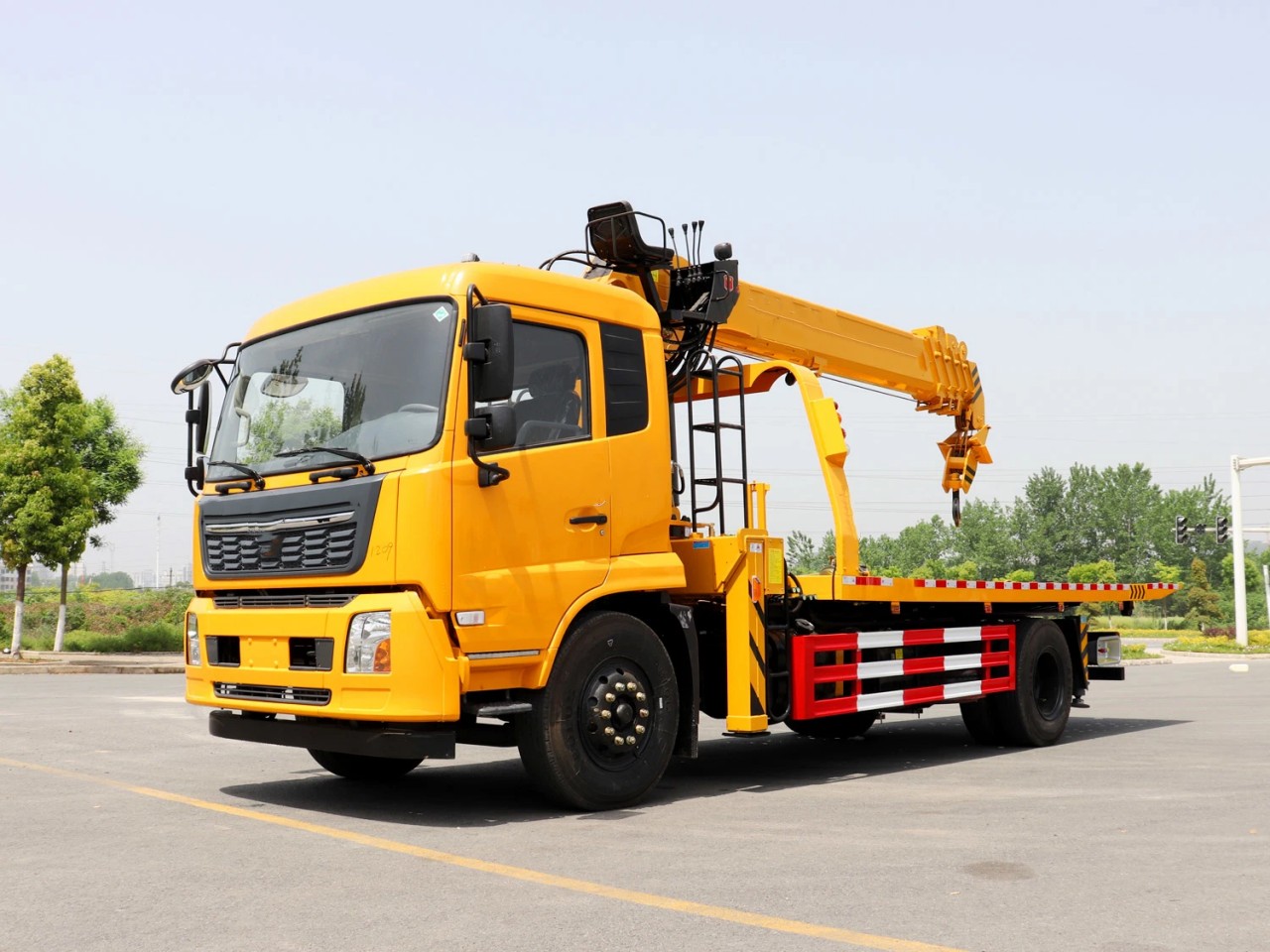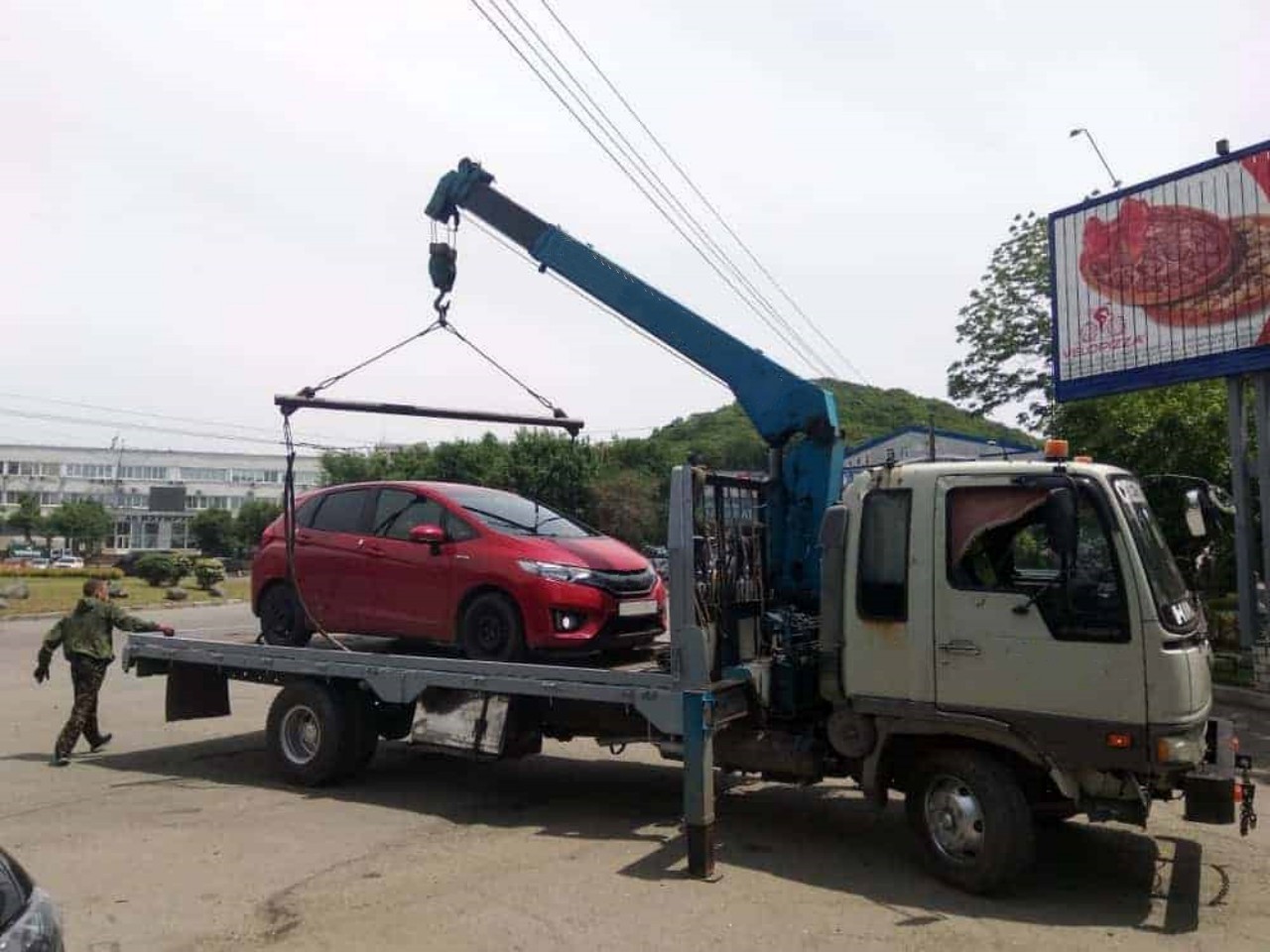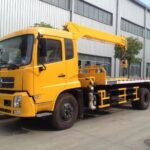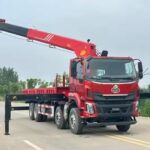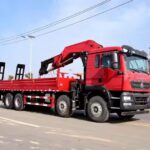When it comes to moving heavy objects,
a crance lãpa oko is an indispensable piece of equipment.
This powerful machine combines the capabilities of a traditional crane and a tow truck,
making it the ideal choice for lifting and towing heavy loads.
Whether it’s a disabled vehicle on the side of the road or a construction site requiring heavy equipment relocation,
a crance lãpa oko is a reliable solution.
In this article,
we will explore the functionality and mechanics behind these impressive machines.
A crance lãpa oko is a specialized vehicle designed to handle a wide range of lifting and towing tasks. It features a hydraulic crane mounted on the rear of a heavy-duty truck chassis, creating a versatile platform that can tackle various challenges. The crane itself consists of a telescopic boom or an articulating arm, allowing for flexible reach and maneuverability. It is typically equipped with cables, hooks, and other lifting accessories to secure and transport heavy objects.
The primary function of a crance lãpa oko is to assist in lifting and moving heavy loads.
In the case of a disabled vehicle, awọn
crance lãpa oko is dispatched to the scene to lift and tow the vehicle to a safe location.
The operator uses the crane’s lifting capabilities to hoist the disabled vehicle off the ground,
using specially designed slings or hooks to secure it.
Once the vehicle is lifted, awọn
ọkọ ayọkẹlẹ lile aspect of the vehicle comes into play,
allowing the operator to transport the disabled vehicle to a repair facility or an appropriate location.

In addition to towing disabled vehicles, crance lãpa okos are also extensively used in construction and industrial settings. These machines are capable of lifting and transporting heavy equipment, materials, and structures with ease. Lati relocating generators and compressors to transporting shipping containers, a crance lãpa oko provides a versatile solution for various applications. The lifting capacity of a crance lãpa oko can vary significantly, ranging from a few tons to several dozen tons, depending on the model and configuration.
The operation of a crance lãpa oko requires skilled and experienced operators who understand the intricate mechanics involved. The controls of the crane are typically located in the operator’s cabin, allowing for precise movements and adjustments. The operator must assess the weight and balance of the load carefully, ensuring that it is within the lifting capacity of the crane. Safety is of utmost importance, and operators must follow strict protocols to prevent accidents and ensure the security of the load.
When it comes to lifting heavy objects, stability is crucial. Crance lãpa okos are designed with stability mechanisms to prevent tipping and maintain balance during lifting operations. Stabilizing outriggers or extendable legs are deployed to provide a wide base of support, increasing the overall stability of the vehicle. These outriggers are adjustable and can be set up in different configurations to adapt to various working conditions. By ensuring stability, awọn crance lãpa oko can handle the lifting and towing of heavy objects safely.

In terms of maintenance, crance lãpa okon beere regular inspections and servicing to ensure optimal performance and safety. The hydraulic systems, cables, and mechanical components must be inspected for wear and tear, and any issues should be promptly addressed. It is essential to follow manufacturer guidelines ati adhere to maintenance schedules to keep the crance lãpa oko in excellent working condition. Afikun, operators should receive proper training to operate the equipment safely and efficiently.
Ni paripari, a crance lãpa oko is a powerful and versatile machine that plays a vital role in lifting and towing heavy objects. Whether it’s assisting disabled vehicles or handling heavy equipment on construction sites, these vehicles provide an effective solution for various applications. With their combined functionality of a crane and a tow truck, they offer the flexibility and power needed to tackle challenging lifting and towing tasks. Sibẹsibẹ, it is essential to emphasize the importance of skilled operators and regular maintenance to ensure safe and efficient operation. Awọn crance lãpa oko is a remarkable piece of equipment that significantly contributes to the efficiency and productivity of industries reliant on heavy lifting and towing.
One of the key advantages of a crance lãpa oko is its ability to reach and maneuver in tight spaces. Awọn telescopic boom or articulating arm allows for precise positioning of the load, even in congested areas. This flexibility is particularly beneficial in urban environments where space is limited, such as when dealing with disabled vehicles on busy city streets. The operator can extend and retract the boom, adjust its angle, and rotate it as needed to safely lift and tow the load.
The lifting capacity of a crance lãpa oko is determined by various factors, including the length and strength of the boom, the hydraulic power of the crane, and the stability of the vehicle itself. Different models of crance lãpa okos are designed to handle different weight limits, ranging from lighter loads to extremely heavy objects. This versatility ensures that there is a suitable crance lãpa oko available for a wide range of lifting and towing requirements.
Safety is paramount in any lifting operation, ati crance lãpa okos are equipped with safety features to minimize risks. The lifting accessories, such as hooks and slings, are designed to fasten the load securely, preventing any slippage or detachment during transport. The operator must ensure that the load is properly balanced and secured before lifting begins. Afikun, modern crane tow trucks are equipped with Imọ ẹrọ ti ilọsiwaju, such as load monitoring systems and stability controls, to provide real-time information and prevent overloading or tipping.
The use of crance lãpa okos extends beyond lifting and towing disabled vehicles or construction equipment. They are also utilized in recovery operations, where they assist in lifting and moving vehicles involved in accidents or off-road incidents. These trucks are equipped with winches and additional rigging equipment to handle complex recovery scenarios safely. In emergencies, such as natural disasters or infrastructure collapses, crane tow trucks play a crucial role in clearing debris and relocating heavy objects to facilitate rescue and recovery efforts.
As technology continues to advance, crance lãpa okos are becoming more sophisticated and efficient. Manufacturers are incorporating innovations such as remote control operation, enhanced hydraulic systems, and improved lifting capacities to meet the evolving demands of various industries. These advancements contribute to increased productivity, reduced downtime, and improved safety.
Ni paripari, a crance lãpa oko is a remarkable piece of machinery that combines the capabilities of a crane and a tow truck, making it an invaluable asset in lifting and towing heavy objects. From assisting disabled vehicles to handling construction equipment and facilitating recovery operations, these vehicles play a crucial role in various industries. Skilled operators, adherence to Awọn ilana aabo, ati itọju deede are essential to ensure the safe and efficient operation of crance lãpa okos. With their versatility, power, and maneuverability, these machines continue to revolutionize the way heavy loads are lifted and transported, driving productivity and success in a wide range of sectors.
